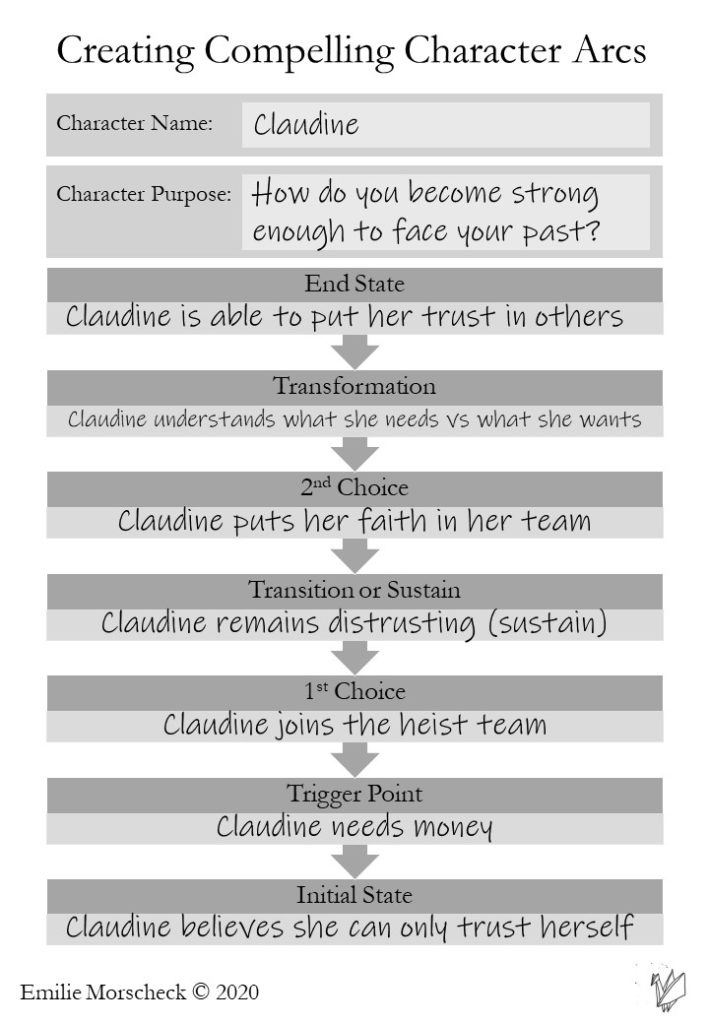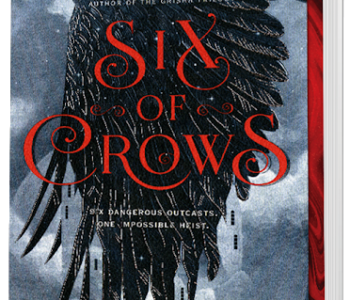 Writing Tips
Writing Tips
Creating Compelling Character Arcs
I’ve been planning a new trilogy (Bleed For Me), and for the first time, I’ve really delved deep into character creation. A new area of interest for me is in planning character arcs.
There are a few kinds of arcs that a character can go through: transformation, growth, fall and static. In all of these arcs except for the static arc, the character will change in some way. The transformation and growth arcs are very similar, but the transformation arc requires the characters core beliefs to change. With a growth arc, the character can become stronger, more powerful or more skilled, but their beliefs don’t necessarily have to be challenged. The fall arc involves the character losing their way and is often associated with the antagonist.
To help me work out a balanced character arc. I’ve developed a method which involves choosing the kind of arc, and determining the narrative purpose for the character. After that, I work out what I want my character to look like at the end of the book (or series), and work backwards to the beginning of the book. Working backwards helps trick your brain into making sure each step is logical and will help reach the end goal.
It looks a bit like this (downloads at the end):

This worksheet assumes that the character will go through a transformation arc.
Filled out, it looks something like this:

Claudine is one of the main characters in my new series. I decided that I want to give her a transformation arc over the course of three books. The image above includes her arc from the first book in the trilogy.
My first step was to determine her narrative purpose – why I felt compelled to write her, and what I hoped to use her to illustrate. This could be expressed as a statement or question. In Bleed For Me, the question I want to use Claudine to answer is:
How do you become strong enough to face your past?
I used this question to inform the larger themes of the book as well as suggest the journey Claudine will go through. It also helps suggest the end state for Claudine. As you can see in the image, Claudine needs to learn to trust others so that she can become strong enough to face her past. I set the initial state as the opposite of the end state: Claudine is someone who believes she can only trust herself.
The next steps are easy to fill out. What transformation does she have to go through in order to learn to trust others? Well, Claudine will need to see that her old belief is harmful and change her ways. Keep asking these questions until you fill out all of the boxes. Each step should be logical.
In order to allow the change to occur, the character has to make a choice. This can be physical, mental or spiritual, but it should reflect the transition between each of the states. More complex arcs will have more points in between and possibly combinations of arc types.
From here, I will need to integrate these points into my outline. It will help me determine which chapters might be good to show from Claudine’s perspective. It can help me come up with scenes. It will also help me determine how I can continue to develop Claudine in books 2 and 3.
It can be fun to develop these for your other primary characters. How does the antagonist reflect the protagonist? Do other characters play a part in the main character’s arc?
How do you create compelling character arcs? What’s your favourite kind of arc? What tools do you find useful for plotting?
Download the worksheet here:

